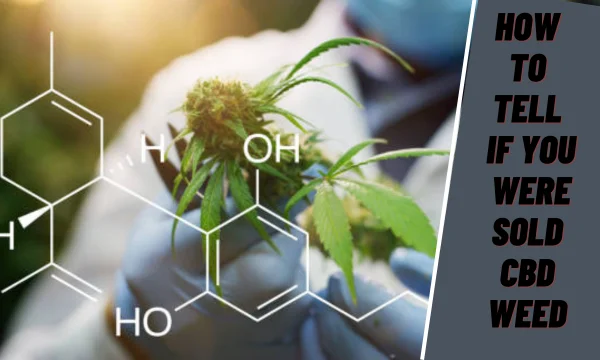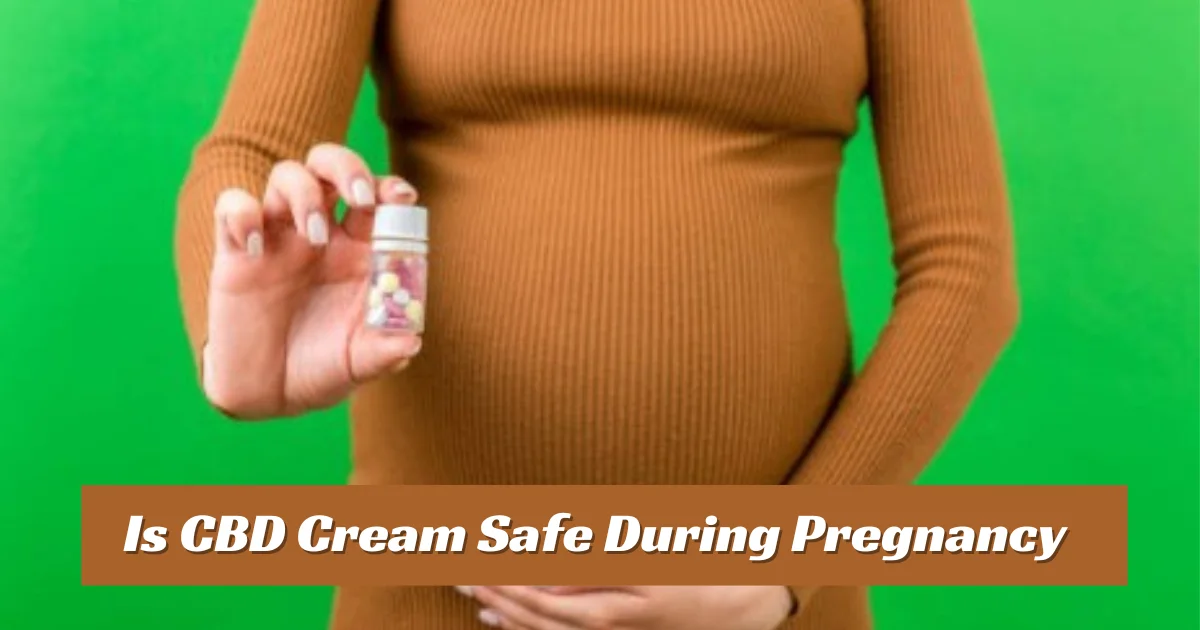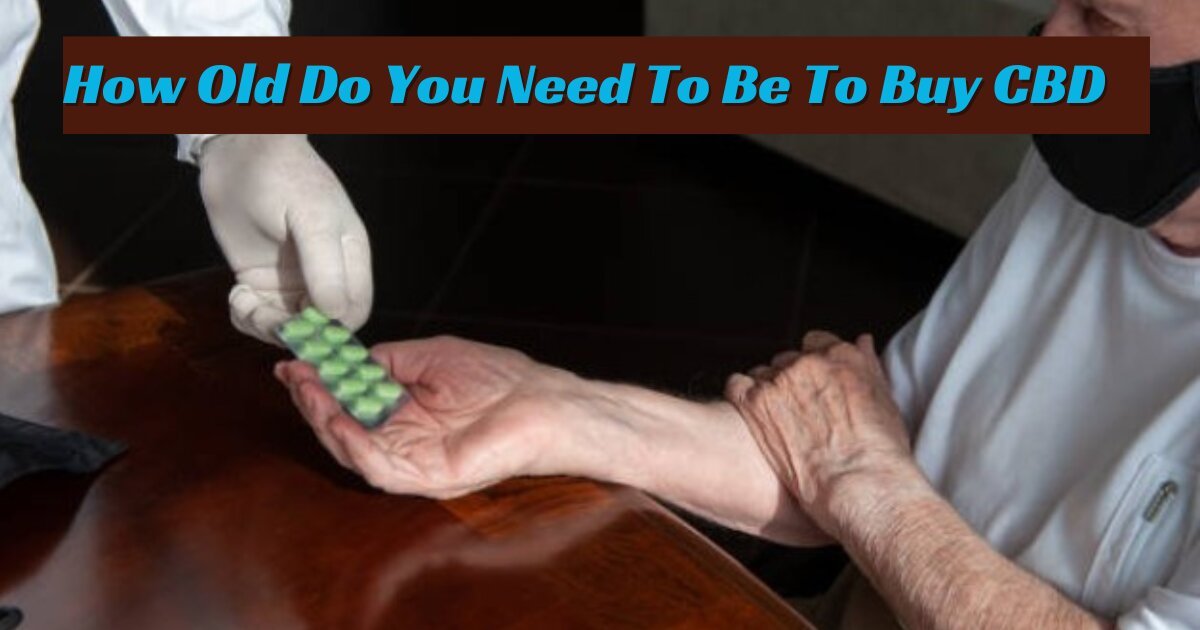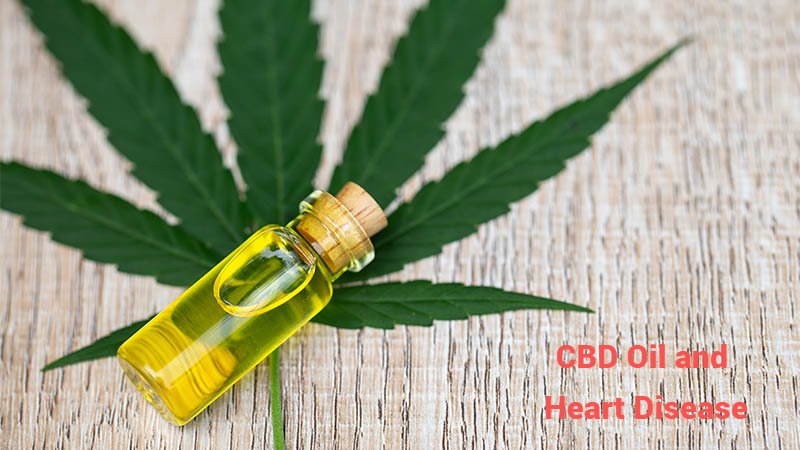The world of cannabis can be like walking through a maze exciting but a bit confusing. Have you ever wondered if the weed you bought was CBD-rich instead of THC-packed? You’re not alone. Distinguishing between CBD and THC strains is crucial, not just for the experience but for understanding what you’re putting into your body.
This guide demystifies the process, offering clear, straightforward advice on how to tell if you were sold CBD weed. Whether you’re a seasoned consumer or new to the scene, our expert tips will ensure you’re informed and confident in your purchases.
CBD Weed What You Need to Know
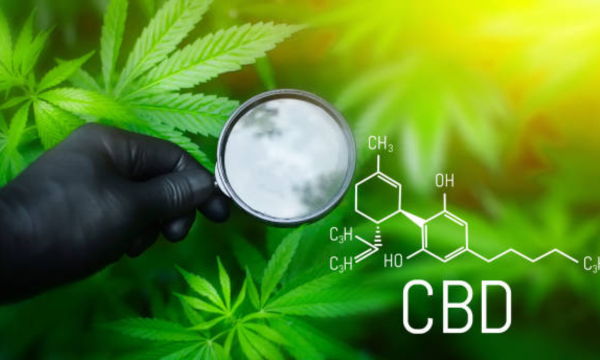
What is CBD Weed?
CBD weed comes from the cannabis plant but does not make you high. It has a high CBD (cannabidiol) content and low THC (tetrahydrocannabinol). People use it for health benefits without the psychoactive effects. Its key features include relief from anxiety, pain, and inflammation. CBD weed looks like THC-rich weed but acts differently on the body.
Legal Status in Various Regions
The legal status of CBD weed varies. In some places, it’s fully legal. In others, it’s restricted or illegal. This depends on the THC content allowed by local laws. Always check your area’s regulations before buying or using CBD weed.
CBD vs. THC: Understanding the Differences
CBD and THC affect the body differently. THC creates a high, affecting mood and perception. CBD does not cause a high. It helps with medical issues like pain, anxiety, and seizures. Knowing this helps consumers choose the right product for their needs.
Legal Implications
The legal difference between CBD and THC is significant. THC’s psychoactive properties make it more strictly regulated. CBD products with less than 0.3% THC are legal in many places. But, the exact laws vary. Always know the laws in your region to stay safe and legal.
Spotting CBD Weed Indicators
Diving into the cannabis world can be full of surprises. Let’s break down how you can tell if you’ve got CBD weed on your hands.
Appearance and Texture
CBD weed often looks similar to THC strains. Yet, it may have lighter green hues and less dense trichomes. Trichomes are the tiny, crystal-like hairs on the bud. Fewer trichomes might mean a lower THC content.
Textural Cues to Look Out For
CBD buds can feel a bit drier and less sticky than THC-rich varieties. If the bud crumbles easily without leaving much residue on your fingers, it might be CBD-rich.
How Terpene Profiles Influence Scent and Taste
Terpenes give cannabis its aroma and flavor. CBD strains often have a more earthy or woody scent, thanks to their unique terpene profiles.
Comparing the Aromas of CBD and THC Weed
THC-rich weed might smell more potent and skunky. CBD weed tends to have a subtler scent. If your weed doesn’t hit your nose with a strong smell, it might be CBD.
Immediate Effects of Consuming CBD vs. THC
THC weed makes you high, affecting your mood and perceptions quickly. CBD weed does not. If you feel calm without the high, you might have CBD weed.
Long-Term Effects on the Body
Using CBD weed can lead to health benefits like reduced anxiety and pain relief over time. THC weed, while also medicinal, may have different long-term effects, including tolerance build-up.
CBD Content Scientific Strategies
When it comes to cannabis, knowing exactly what you have is key. Let’s explore scientific methods to confirm if you’ve been sold CBD weed.
Importance of Lab Tests for Accurate THC/CBD Ratios
Lab tests are the gold standard for pinpointing THC and CBD levels in weed. These tests give you precise ratios, helping you understand the product’s effects. Labs analyze cannabinoids to ensure you get what you expect.
How to Access and Interpret Lab Results
Many dispensaries provide lab results for their products. Look for QR codes on packaging or ask for certificates of analysis. These documents show cannabinoid profiles. High CBD and low THC levels confirm you have CBD weed.
Overview of Available Kits and How They Work
At-home kits offer a quick way to test cannabis. These kits usually involve adding a sample to a chemical solution. A color change indicates the presence of THC or CBD, giving you a basic idea of what’s in your weed.
Limitations and Accuracy of Home Testing
While convenient, these kits have limits. They can tell you if THC or CBD is present but not how much. Accuracy can vary, and results are less precise than lab tests. Use these kits as a preliminary step.
Legalities Your Guide to Cannabis Consumer Rights
In the evolving world of cannabis, understanding your rights and how to navigate the market is crucial. Let’s dive into what you need to know.
Knowing Your Rights as a Consumer
Legal Protections Regarding Mislabeled Cannabis Products
Laws protect consumers from false advertising and mislabeled products. If a cannabis product doesn’t match its description, you have rights. Regulations ensure that products are tested and labeled correctly, showing THC and CBD levels.
Steps to Take if You’re Sold Something Inaccurately
If you suspect a mislabeled product, start by contacting the seller. Most reputable dispensaries will address the issue directly. If unsatisfied, you can escalate the matter to regulatory bodies in your area. Keep records of your purchase and communications.
How to Find Reputable Dispensaries and Brands
Look for dispensaries and brands with positive reviews and a good reputation. Licensed dispensaries must meet strict standards, making them more reliable. Websites and social media can provide insights into a brand’s quality and customer service.
Conclusion
How to tell if you were sold CBD weed is essential for ensuring you get the desired effects and legal compliance. By observing the appearance, scent, and effects of the cannabis, along with accessing lab results or using home testing kits, you can confidently identify CBD-rich products. Always purchase from reputable sources and know your consumer rights to navigate the cannabis market safely and informed.
